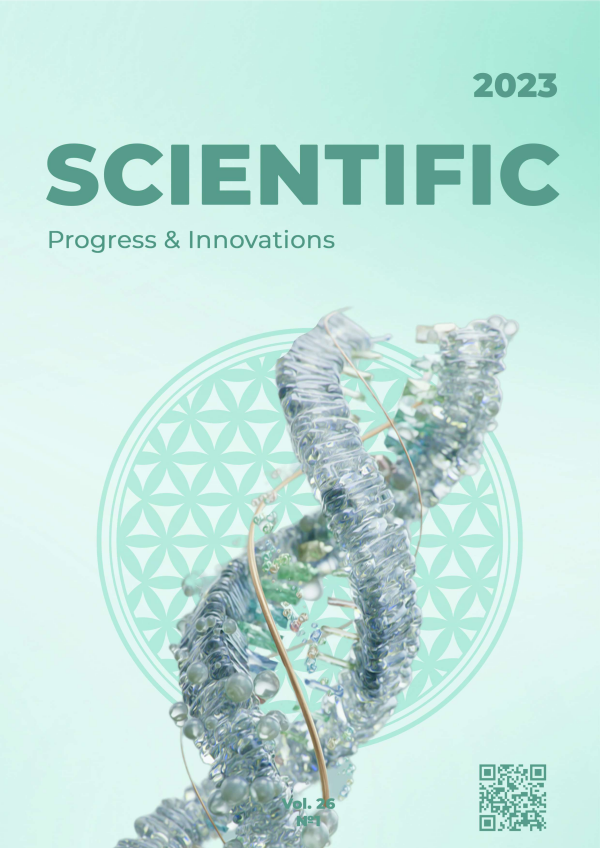The state and problems of common black soils’ fertility in Poltava region
DOI:
https://doi.org/10.31210/spi2023.26.01.07Keywords:
soils, common black soils, fertility, humus, agro-ecological potentialAbstract
The natural quality and modern state of soils is the determining factor, which ensures the productivity and
effectiveness of agricultural production. Crop yield capacity directly depends on soils’ fertility, which are the
independent natural element and component of the eco-system. The purpose of the article is to study the current state
of fertility of black soils’ fertility in Poltava region and to determine the factors that cause its deterioration. Soils are
a complex system, in which substances and energy metabolism with the natural environment constantly takes place.
Black soils occupying the two-third of the Central Ukraine’s territory are the most fertile soils. Common black soils
are the most wide-spread and in Poltava region and they are located in the southern parts of Kobeliaky, Novi
Sanzhary, Mashivka, and Karlivka districts. The fertility of these black soils is under the negative effect of intensive
practices and technologies of agricultural production. It has been established that during the period of 2013–2020,
humus content in these soils decreased by 5.5 %, which shows the insufficiency of receiving organic substances
relative to their biological losses because of mineralization processes, erosion, etc. The unbalanced deficit farming
system dominating in Poltava region results in transforming the richest soils in the world into the soils with the
average fertility level (45–65 points), which have the dynamics to further degradation. Moreover, common black
soils are characterized by the considerable level of pollution with heavy metals (iron, zinc, chrome, nickel – most of
all, lead, copper – insufficiently). It has been determined that the black soils in Kobeliaky and Mashivka districts are
the least polluted (the content of heavy metals in these soils makes 1–10 mg/kg), while the black soils in Novi
Sanzhary and Karlivka districts are the most polluted (21–30 mg/kg). The revealed negative factors affecting
common black soils’ fertility in Poltava region show that the existing approach to their use in agricultural production
is inadmissible.

 Creative Commons Attribution 4.0 International Licens
Creative Commons Attribution 4.0 International Licens